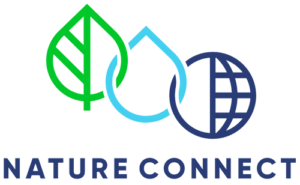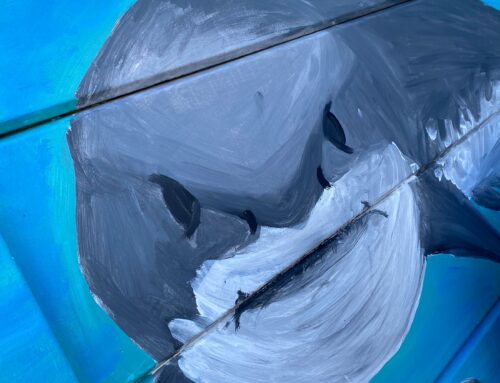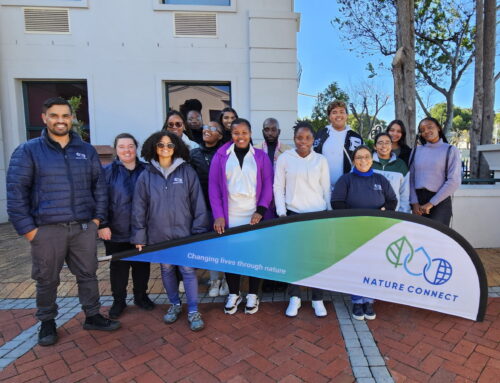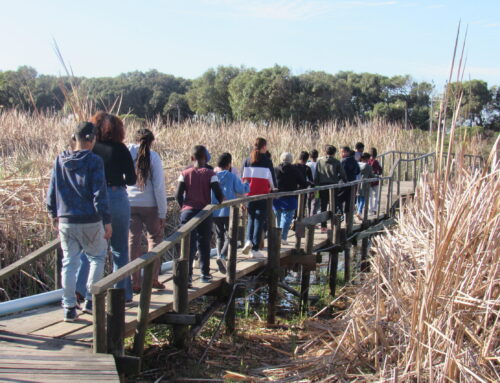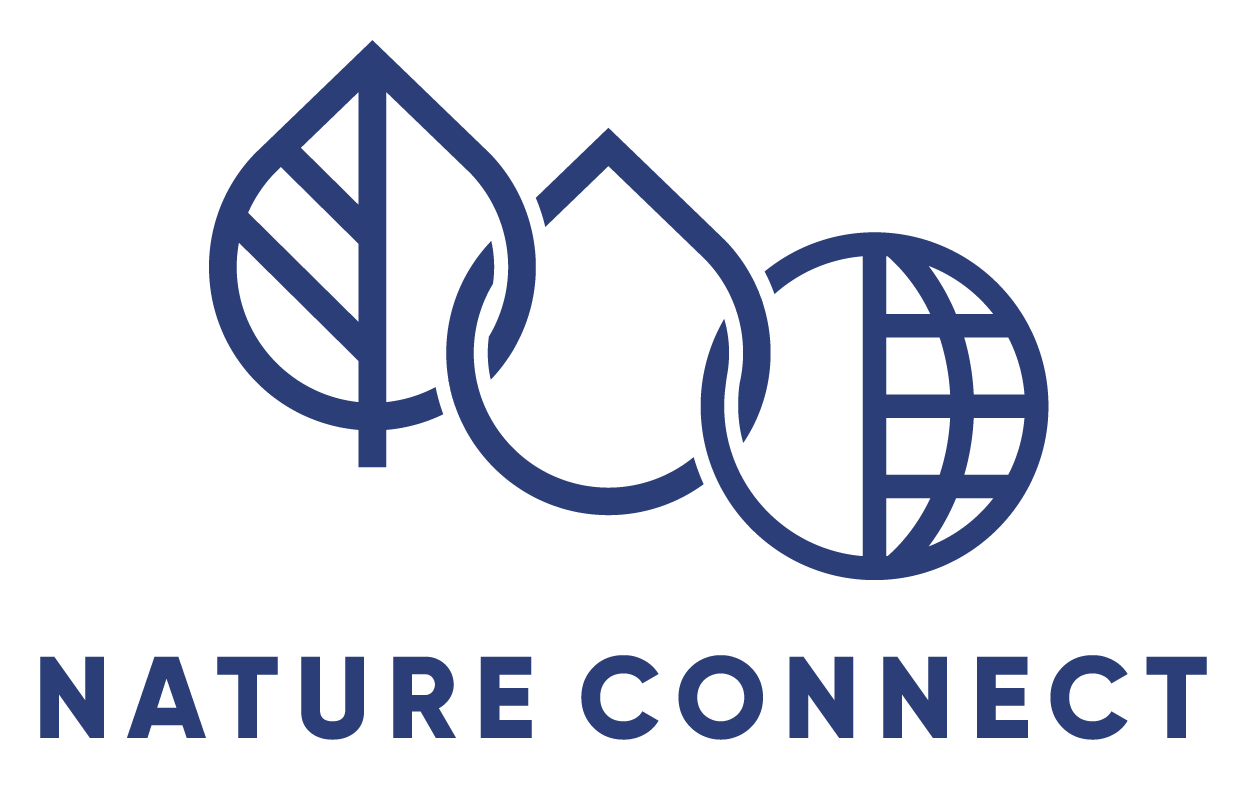By: Braden Ingram and Kim Gordon
The Western Leopard Toad (Sclerophrys pantherina) is a beautiful and unique amphibian that lives only in the coastal lowlands of the Western Cape, South Africa. It is an endangered species but also one of the most threatened amphibian species in the region, facing habitat loss and degradation, pollution, predation, and road mortality. Every year, during the breeding season between late July and September, hundreds of toads migrate to wetlands where they mate and lay eggs. This journey is perilous, as they have to cross busy roads and avoid cars, physical barriers, and other obstacles. Many toads are killed or injured by traffic, impacting their chances of survival and reproduction.
Conservationists and citizen scientists have been hard at work to protect the Western Leopard Toads (WLT) and their habitat over the past few years. Nature Connect has played a pivotal role in the efforts to save the WLT, particularly at Zeekoevlei with the installation of amphibian underpasses, funnel barriers and increasing monitoring efforts over the past few years.
Nature Connect has recently partnered with HENSOLDT, who have provided their engineering expertise and technology to not only design and customise the camera boxes, but also to sponsor several cameras and related equipment for the project. Through this partnership, we aim to enhance conservation efforts for the WLT by gathering scientific evidence behind innovative solutions. It also demonstrates how businesses can contribute to preserving biodiversity by collaborating with non-governmental organisations and communities. By working together, HENSOLDT and Nature Connect hope to make a difference for this endangered species and inspire others to join them in helping to save the WLT.
The exciting news is that during the current migration (2023) we have captured several images of WLT making use of the tunnels. This is a great start to the partnership! The cameras have been set up at the entrances and exits of the tunnels, capturing images of the toads in near infrared light. The thousands of recorded images will later be analysed by an artificial intelligence model that can identify presence, species, sex, size, and individual markings of each toad. This project hopes to provide valuable information on the population size, structure, and interactions of the WLT with the underpasses. The data will also help to evaluate the effectiveness of the tunnels as a conservation measure, help recognise areas for improvement, and assist with identifying where additional underpass tunnels could be placed in wildlife crossing hotspots around South Africa.
However, these efforts may not be enough to ensure the long-term survival of the species as more resources, technology, and innovative solutions are needed to address the challenges and threats that these toads face. Nature Connect is very grateful for our other funders of the underpass project, including Leisure Charitable Trust, Fondation Ensemble, Forvia Foundation, Mohamed bin Zayed Species Conservation Fund, as well as to all the community volunteers who participate during the annual migrations. Their passion and dedication for these charismatic creatures is inspirational.

Camera trap image of WLT using the Zeekoevlei tunnels during the 2023 migration

Female and male WLT in ‘amplexus’ on a sizing grid used by the tunnel researchers during the 2023 migration
